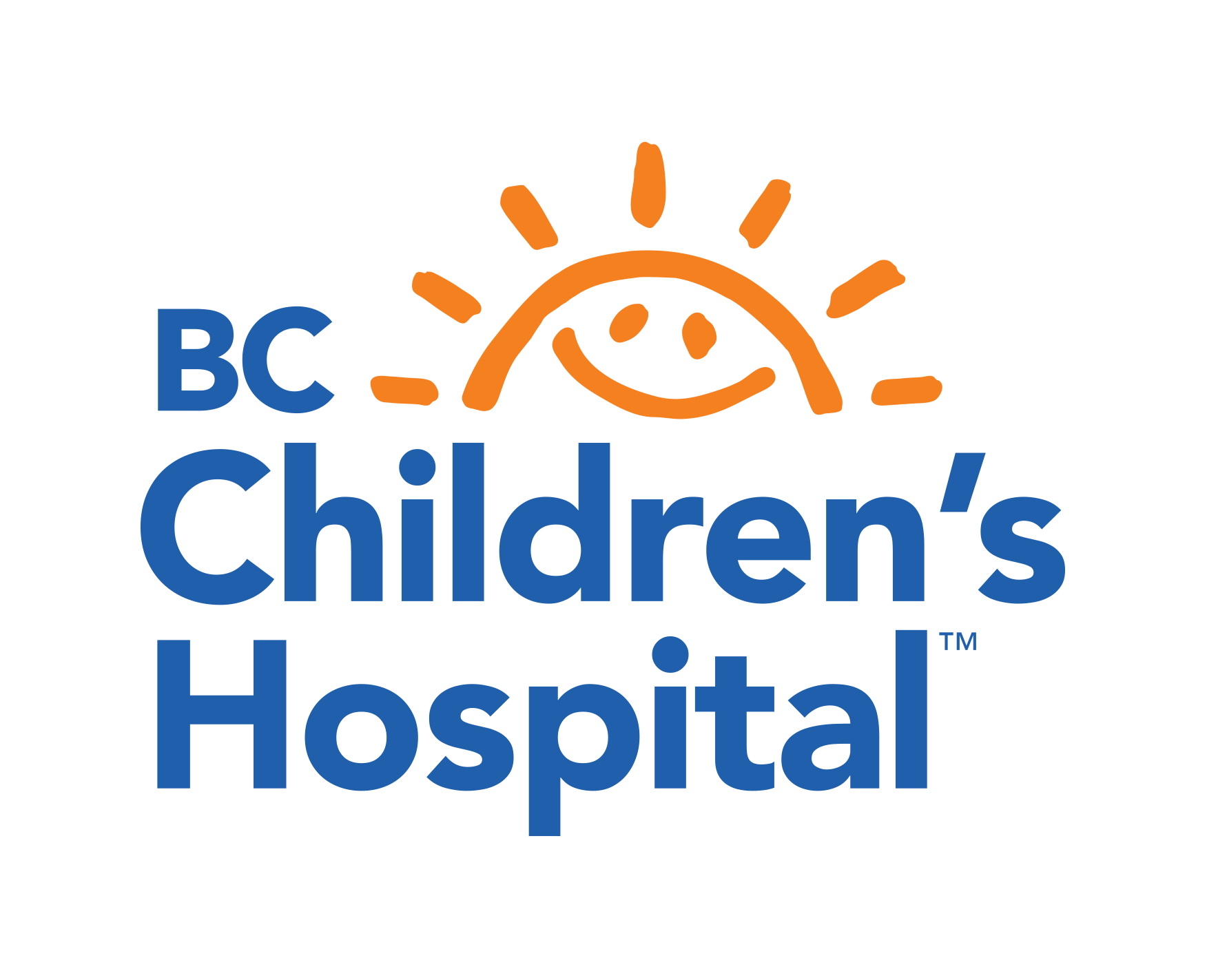We recommend to families that they begin physiotherapy, range of motion exercises, tactile and visual stimulation, positioning exercises (such as tummy time) and strengthening exercises to encourage the child to use their affected arm and hand as soon as the child is developmentally ready.
Additional treatments can include:
- Splinting: If a child has tight joints that may be difficult to help stretch, a splint (positioning support) may be recommended. These splints are usually custom made by an occupational therapist.
- Nerve surgery: In some cases, surgical exploration of the nerves is required to improve the function of the arm. This is done in the first year of life.
- Botox injections: Botox may be used (mainly for the shoulder) to help with joint motion, re-balance muscles or prevent joint contractures or dislocations.
- Other surgeries: An orthopaedic surgeon may be consulted for additional surgeries or procedures. These may be done earlier in life or on older children who continue to have limitations in use of their affected arm.
- Constraint Induced Modified Therapy (CIMT): The foundation of this therapy is based on encouraging the child to use their injured arm by restricting (constraining) use of the unaffected arm. Activities performed during the time of constraint are aimed at improving use, function and speed of the involved arm. For more information, please visit the BC Pediatric Constraint Induced Movement Therapy (CIMT) website.
- Kinesiotape: The Kinesio Taping Method consists of the application of a specialized tape, in particular patterns, to support and/or relax muscle movement, depending on how the tape is applied. The tape is non-restrictive, allowing full range of motion, and can be left in place for 2-3 days.
Walsh, S. (2010). Treatment of a brachial plexus injury using kinesiotape and exercise. Physiotherapy Theory & Practice, 26(7), 490-496. doi: 10.3109/09593980903578872.
